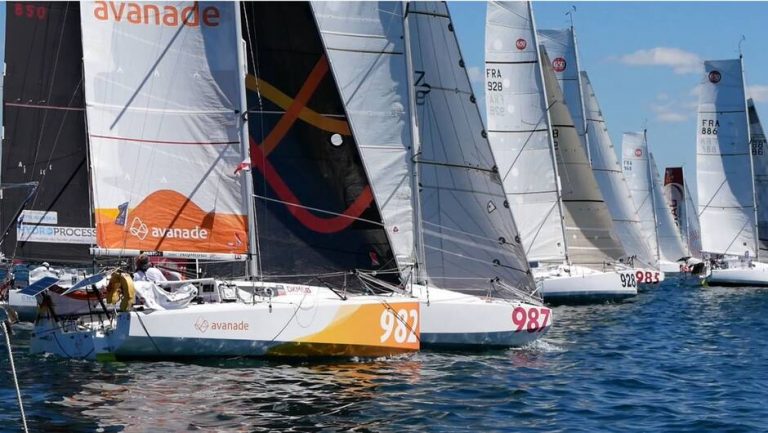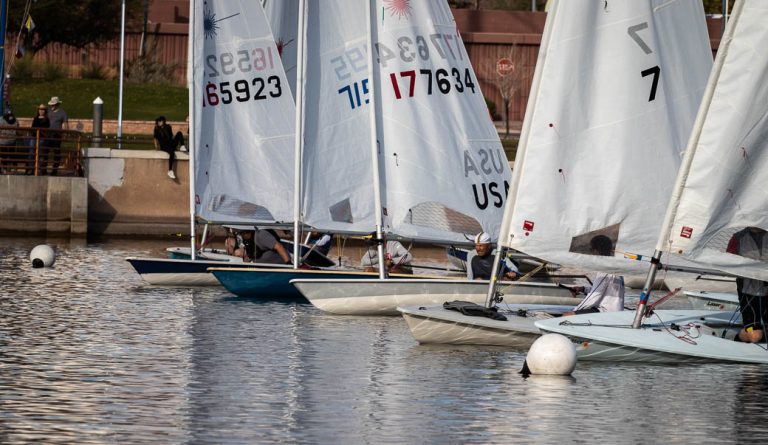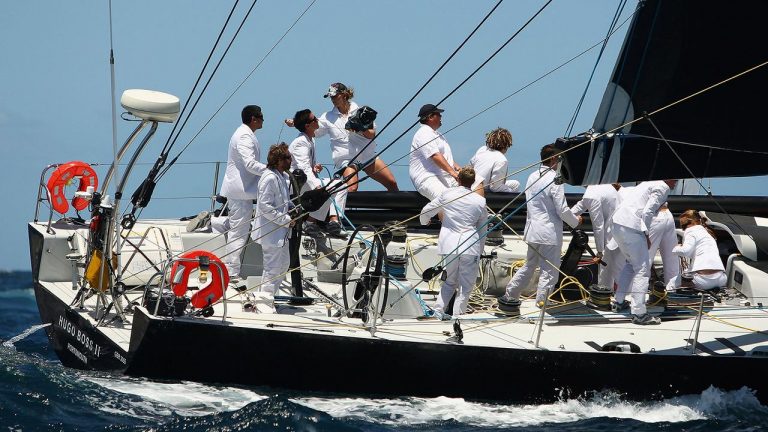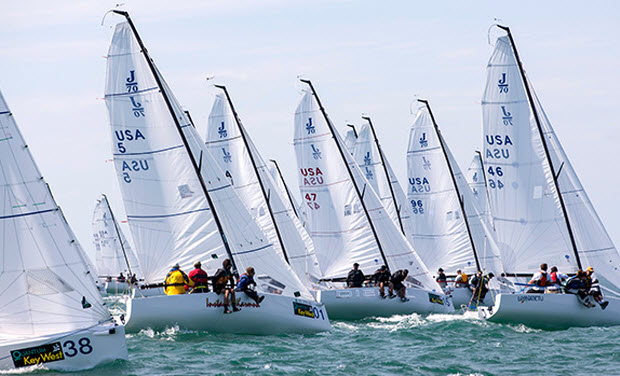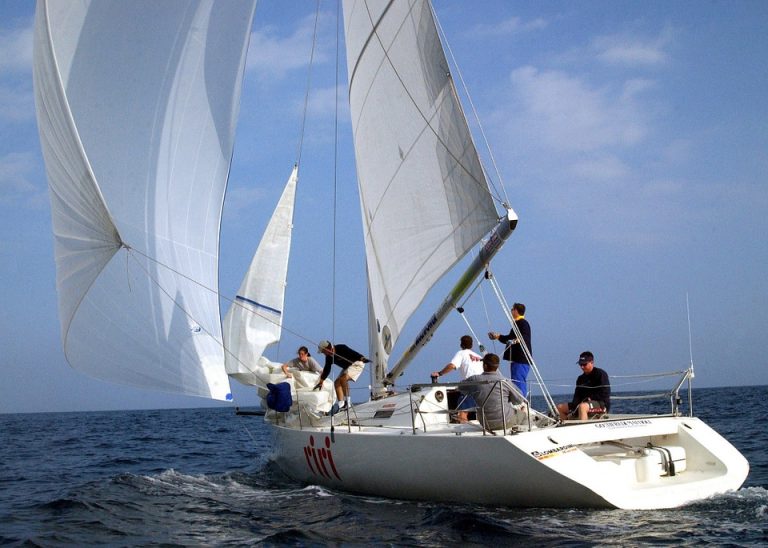
Tips To Improve Your Upwind Helming Techniques
In light air –
steer to a higher luff telltale which will find you sailing a little lower, one of the biggest mistakes many helmsmen make in light airs is to pinch.
It is important for the trimmer to use all the telltales both up the luff and on the leech to get the whole sail working efficiently.
In heavier air – Tips To Improve Your Upwind Helming Techniques
say over 15 knots, steer more to heel and not be so reliant on telltales. Being over-heeled means the keel is not working efficiently and the boat slips sideways. Sail a little higher in heavy air which helps with lessening the heel angle.
Scalloping –
is the ability to be sailing upwind efficiently and then to take about a 5-degree luff up for a few seconds. Then steer back to a normal angle without losing boat speed. Each scallop will gain you half a boat length or so to windward.
Marks on Wheel –
you should have 3 marks on your wheel, one at the centralised position and one at 4 degrees either side. These marks will show your mainsheet trimmer if he needs to depower the mainsail.
When you are over-trimmed it creates drag when the wheel is beyond the marks.
A similar system should be set up on a tiller-steered boat although this can be more difficult to do so the main trimmer should watch to see if the tiller is beyond the magic 4-degree angle and react accordingly.
Avoid turning the boat too far through a tack –
Before you tack, look to windward about 80 – 90 degrees from where you are heading (depending on your boat’s tacking angle) and see if you locate a point on the land, or another yacht and set that as where you should be pointing after the tack.
If you steer too far you risk over heeling and going sideways plus getting a heavy helm. This indicates drag and slows you down. Another problem is that if you oversteer, it is harder and slower for the crew to get the genoa in.
Tacking isn’t just a matter of putting the helm over –
In lighter airs, always come out a bit lower than your normal angle in order to build speed after the tack. In stronger air, when going into a tack, let the bow come up 5 or 10 degrees slowly which allows you to gain to windward.
Then steer to go head to wind and beyond fairly quickly, this also gives the crew a better chance of trimming the genoa in quickly on the new tack.
Wheel Steering – Tips To Improve Your Upwind Helming Techniques
Wheels don’t have the same feel as a tiller. In strong wind and heavy seas, it is best to stand as this allows larger movements than you can make when sitting plus you are able to see over the crew to watch for waves and gusts.
The less you move the helm the better –
Moving the helm causes drag and the less you move it, the faster you will be. In Strong winds with big seas though, you will need larger helm movement.
In flatwater try to get the helm at 3-5 degrees of weather helm and you should use small slow movements of the helm.
Try not to overwork the helm upwind which is a common weakness in helmsman. If you get a lift slowly push on the helm until you get to the right angle.
If your weather telltale if lifting you are too high, a slow bear-off is needed, not a big quick pull.
Most boats should have 3-5 degrees of weather helm in medium winds –
This allows the rudder to provide lift. If in light winds you are not achieving this, try moving the crew weight to leeward to get feeling back. As the wind increases, slowly move the weight to weather to keep the feel right.

